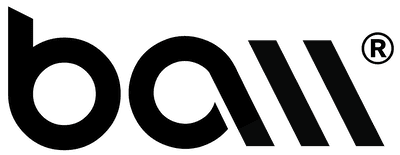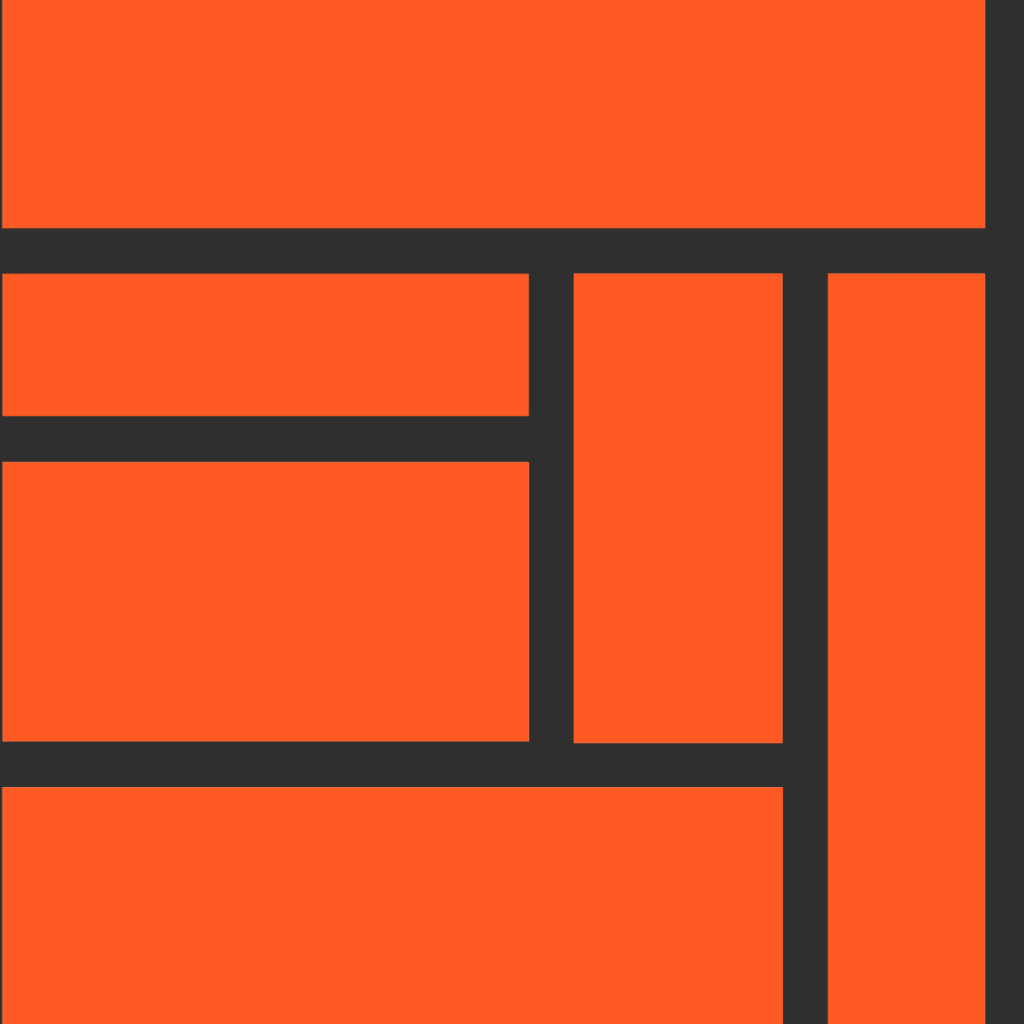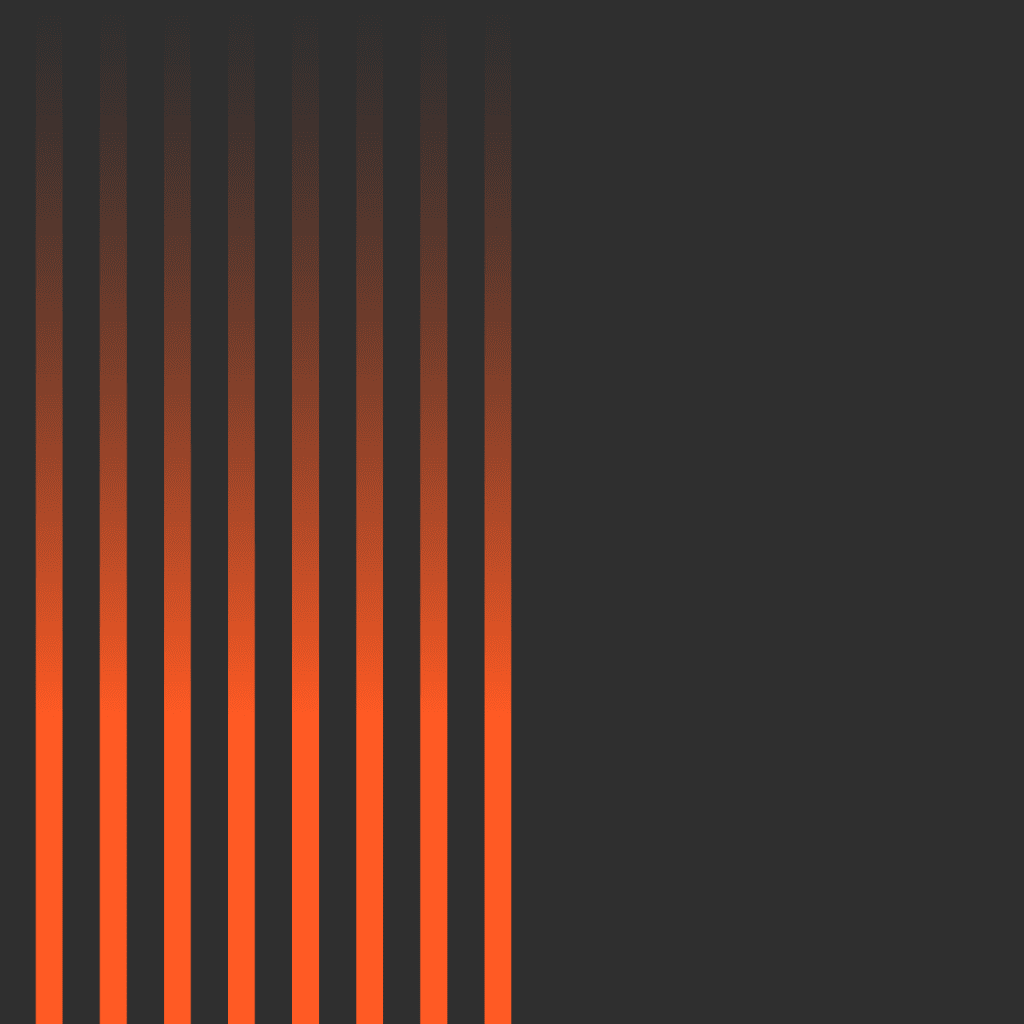Let’s face it. The last year felt like trying to run a marathon in a sandstorm. The pandemic didn’t just disrupt business. It threw the whole world into a state of uncertainty. But here’s the thing about chaos: it’s fertile ground for creativity. History is packed with examples of world-changing ideas born in times of crisis. The question isn’t whether innovation is possible right now. It’s how we can harness creativity to adapt, pivot, and thrive.
Creativity isn’t just for the “artsy” types or Silicon Valley’s elite. It’s the lifeblood of entrepreneurship, the secret sauce that transforms ordinary businesses into extraordinary ones. But here’s the catch: creativity doesn’t just appear when you snap your fingers. It’s a process, a mindset, and (thankfully) something you can cultivate.
Drawing from the insights of Wired to Create by Dr. Scott Barry Kaufman and Carolyn Gregoire, Emotional Design by Dr. Don Norman, and Creativity: Flow and the Psychology of Discovery and Invention by Mihaly Csikszentmihalyi, we’re diving into the science of creativity. These books don’t just teach you how to brainstorm. They show you how to build an environment where innovation thrives. Whether you’re looking to design products that connect with users on a visceral level or lead a team into uncharted territory, these principles are your playbook.
Before we get into the books, let’s talk about why creativity feels so elusive right now. The pandemic shattered routines and rewrote the rules. No more spontaneous office brainstorming. No chance encounters at conferences, and for many, no separation between work and personal life. It wasn’t just the logistical challenges. It was personal, too.
For me, my own creative outlets took a hit. Those who know me well, know that photography is my creative outlet. Particularly portraits and editorial work. This has always been my escape. My way of interpreting the world. It started back when I was a student, a time when photography wasn’t just a passion. It was a side hustle that actually helped pay the bills. Writing came alongside it, fueled by my obsession with reading. Summarizing what I read, reframing ideas, and translating them into my own concepts became second nature.
During the pandemic, photography became nearly impossible. Especially my favorite part: working with people. The connection, the shared energy in the room. It was gone. Writing was still an outlet, sure, but without the balance photography gave me. It felt incomplete. Creativity, for me, wasn’t just about producing something. It was about engaging with others and finding inspiration in those interactions. The disruption wasn’t just a shift in routine. It felt like losing a part of myself.
Yet, disruption is a double-edged sword. It strips away the comfort of the status quo but creates opportunities for reinvention. It forced me to reimagine my creative processes, to dig deeper into the “why” behind my outlets, and to find new ways to channel that energy. And that’s the essence of creativity: adapting, evolving, and finding inspiration in unexpected places.
Think of the explosion of virtual events, telehealth services, or even creative collaborations across time zones. These weren’t born out of ideal circumstances. They were survival tactics. The key lesson? Creativity thrives when we stop clinging to what was and start asking, “What could be?”
Dr. Scott Barry Kaufman and Carolyn Gregoire’s Wired to Create is like a backstage pass to the inner workings of the creative mind. Kaufman, a cognitive scientist with a background in positive psychology, has spent years studying what makes creative people tick, while Gregoire, a journalist and author, brings a storytelling lens to the research. Together, they dismantle the romanticized idea of creativity as some magical, innate talent bestowed upon a lucky few. Instead, they show it as a skill. One rooted in specific habits, thought patterns, and mindsets that anyone can nurture.
At its core, Wired to Create emphasizes that creativity is less about “lightning bolt” moments of inspiration and more about embracing complexity and contradiction. The book takes a holistic view, exploring how traits like curiosity, mindfulness, and even seemingly negative qualities like anxiety and self-doubt play integral roles in the creative process. Kaufman and Gregoire argue that creativity isn’t about being perpetually confident or unshakably focused. It’s about navigating the messy, unpredictable middle ground where breakthroughs happen.
What stands out most is the authors’ ability to weave together scientific studies, cultural anecdotes, and practical advice. They don’t just tell you what creativity looks like. They show you how to live it. From embracing daydreaming as a form of productive mental wandering to finding strength in vulnerability, Wired to Create offers a roadmap for anyone looking to break free from rigid thinking and tap into their own wellspring of ideas. It’s less of a guidebook and more of a manifesto. A call to rethink how we view ourselves, our work, and our potential for innovation.
Here’s what stands out:
-
Daydreaming as a Tool for Problem-Solving
Think daydreaming is just zoning out? Wrong. Research shows it’s a mental state where disparate ideas connect, leading to breakthroughs. During the pandemic, when walks and downtime became the norm, many leaders reported their best ideas came when they weren’t actively trying to solve a problem. One tech startup founder turned a pandemic-induced hike into a brainstorming session, eventually conceptualizing a geolocation feature for their app inspired by the trail maps they were using.
-
Embracing Contradictions
Creative people are often walking paradoxes. Dreamers and doers, confident and self-critical. Kaufman and Gregoire emphasize that reconciling these contradictions is where magic happens. Don’t try to eliminate tension in your team. Instead, channel it. Encourage debates, clash of ideas, and discussions where people feel free to challenge assumptions. -
Creative Grit
Innovation is messy, and failure is inevitable. Resilience isn’t about avoiding setbacks; it’s about seeing them as data points, not disasters. A fashion brand shifted from in-person retail to a subscription model during the pandemic. The first version flopped, but the team reframed it as a beta test, listened to customer feedback, and relaunched successfully within months.
Dr. Don Norman’s Emotional Design is a deep dive into the intersection of psychology, design, and human connection. As a cognitive scientist and usability pioneer, Norman is famous for transforming how we think about the objects and tools we interact with daily. In Emotional Design, he doesn’t just stop at functionality; he explores how emotional responses to products. Joy, trust, nostalgia, even frustration play a critical role in shaping our preferences and loyalty.
Norman argues that great design doesn’t just meet practical needs; it taps into visceral reactions, behavioral satisfaction, and reflective meaning. These three levels (visceral, behavioral, and reflective) form the backbone of his approach. At the visceral level, it’s about first impressions: the colors, shapes, and textures that grab our attention and create a sense of attraction. Behaviorally, it’s about usability and how well a product integrates seamlessly into our lives. Reflectively, it’s about how a product aligns with our values, identity, or the story we want to tell ourselves and others.
In the wake of the pandemic, Norman’s ideas take on heightened relevance. As people reassess what really matters to them, designing products and experiences that resonate on an emotional level is more than a competitive edge. It’s a necessity. Whether it’s the warmth of a handcrafted item or the seamless experience of a well-designed app, emotional design is about creating connections that feel deeply human, even in a world dominated by digital interfaces. Norman doesn’t just explain why some products stand out. He gives us the tools to make them unforgettable.
People aren’t just buying products; they’re seeking experiences that make them feel understood, cared for, and connected. Post-pandemic, this has become even more critical. Businesses that create emotional connections are thriving, while those that focus solely on functionality are being left behind.
How to Use Emotional Design in Business
-
Visceral Design: First Impressions Matter
Norman explains that visceral design is about immediate gut reactions. A slick app interface or beautifully packaged product isn’t superficial. It’s signaling care and quality. A meal-kit delivery service struggling to stand out during the pandemic revamped its packaging. Instead of plain boxes, they introduced vibrant designs with handwritten thank-you notes. The result? Customers not only noticed but began sharing unboxing videos on social media, amplifying the brand’s reach and fostering loyalty.
-
Behavioral Design: Make Using Your Product a Joy
This is where functionality meets delight. Behavioral design ensures that every interaction with your product feels smooth, intuitive, and, dare I say, pleasurable. Think about the satisfying “ping” when a message sends or the seamless swipe-to-pay on mobile wallets. Small, thoughtful details like these turn casual users into raving fans. -
Reflective Design: Build a Connection to Identity
Reflective design taps into how people see themselves. It’s about making customers feel that using your product says something positive about who they are. Peloton nailed this during the pandemic. It wasn’t just selling exercise bikes; it was selling a community of fitness enthusiasts who thrived on progress and connection, even in isolation. The reflective design wasn’t in the bike. It was in the user’s sense of belonging and achievement.
In Creativity: Flow and the Psychology of Discovery and Invention, Mihaly Csikszentmihalyi takes his groundbreaking concept of flow and applies it to the creative process. As one of the most influential psychologists of the 20th century, he spent decades studying what makes life fulfilling. He found that people experience their greatest satisfaction. Not when they’re relaxing, but when they’re fully immersed in meaningful activities that challenge and engage them. This state, which he coined as “flow,” is the engine behind peak creativity and productivity.
In this book, we shift focus from the individual to the broader systems of creativity. It dives into how flow fuels the creative breakthroughs that drive innovation, examining the conditions that foster this state. It breaks creativity into three interconnected elements: the individual (skills and knowledge), the domain (the field of study or work), and the field (the network of peers, mentors, or audiences who evaluate and validate ideas). When these elements align, creative sparks turn into transformative fires.
Work environments designed to promote flow can make the difference between employees dreading the daily grind and thriving in roles that challenge them to be their best selves. By balancing skill levels with appropriate challenges, reducing unnecessary distractions, and fostering a sense of purpose, leaders can unlock a level of creativity and productivity that goes far beyond conventional motivation.
Flow isn’t just for solo endeavors. Entire teams can enter this state, but only under the right conditions. Csikszentmihalyi explains that flow emerges when challenges are well-matched to skills, goals are clear, and distractions are minimized.
How to Create Flow in Your Organization
-
Balance Challenges and Skills
Assign tasks that push people just beyond their comfort zones but don’t overwhelm them. If a team member struggles, provide mentorship or tools to bridge the gap. -
Establish Clear Goals
Ambiguity is the enemy of flow. Make sure everyone knows what they’re working toward and why it matters. -
Reduce Interruptions
Constant Slack messages and back-to-back Zoom calls are the kryptonite of flow. Implement “deep work” periods where non-urgent communication is paused, allowing employees to focus fully.
Creativity doesn’t exist in a vacuum. Studies show that psychological safety and positive emotions play a massive role in unlocking innovative potential. Here’s the research to back it up:
The Role of Psychological Safety
A landmark 2015 study by Google on team effectiveness found that psychological safety was the number one factor in high-performing teams. Psychological safety describes an atmosphere where individuals feel safe to take risks and voice opinions without fear of ridicule. Creativity thrives when people aren’t afraid to share wild ideas or admit failures. What this means for you: Foster open communication in meetings. When someone shares an unconventional idea, thank them. Even if it’s not immediately actionable. This reinforces that their contribution is valued, encouraging more out-of-the-box thinking.
Positive Emotions Fuel Innovation
Barbara Fredrickson’s Broaden-and-Build Theory (2001) demonstrates that positive emotions expand our cognitive resources, making us better at problem-solving and creative thinking. Start team meetings with a positive ritual, like sharing small wins or gratitude moments. This isn’t just feel-good fluff. It’s a proven way to set the stage for creativity.
Diversified Experiences Enhance Creativity
A 2010 study published in Personality and Social Psychology Bulletin showed that exposure to diverse experiences, cultures, and perspectives boosts creativity. The pandemic has limited travel, but virtual collaboration tools can bring global perspectives to your team. Host virtual panels or invite guest speakers from different industries to share insights. This cross-pollination of ideas can spark innovation in ways you wouldn’t expect.
Understanding the psychology of creativity is just the first step. The real magic happens when you apply these principles consistently. Here’s how to translate creativity into measurable business outcomes:
-
For Product Innovation: Use emotional design principles to build products that not only solve problems but also delight and resonate with your audience on a deeper level.
-
For Leadership: Lead by example. Show your team that creativity is valued, whether by celebrating small innovations or giving employees time and space to explore new ideas.
-
For Culture: Cultivate an environment where psychological safety, positive emotions, and diverse perspectives are the norm. Creativity isn’t a “one-off” event—it’s a habit.
The pandemic may have shaken the foundation of how we work, but it’s also opened the door to reimagine what’s possible. By adopting the insights from Wired to Create, Emotional Design, and Creativity, you can build a business that not only survives but thrives. Fueling innovation, resilience, and growth.
Remember, creativity isn’t reserved for “geniuses” or “visionaries.” It’s a muscle that anyone can develop. A mindset that can transform challenges into opportunities. A tool to build deeper connections with your team and your customers. So start small: daydream, reframe failure, and celebrate the sparks of creativity in yourself and others. Before you know it, those sparks might just light the way to your next big breakthrough.
Takeaways:
- Cultivate Creativity: Creativity isn’t a gift; it’s a skill you can develop by embracing curiosity, daydreaming, and resilience.
- Design for Emotion: Pay attention to how your environment and tools make you feel. Positive emotional connections boost motivation and engagement.
- Find Your Flow: Align challenges with your skill level and eliminate distractions to experience peak focus and productivity.
- Foster Curiosity: Encourage your team to explore new ideas and take calculated risks without fear of failure.
- Create Flow-Friendly Spaces: Design work environments that support deep focus and minimize interruptions.
- Tap Into Emotional Design: Build products and processes that resonate emotionally with both your team and your customers.




